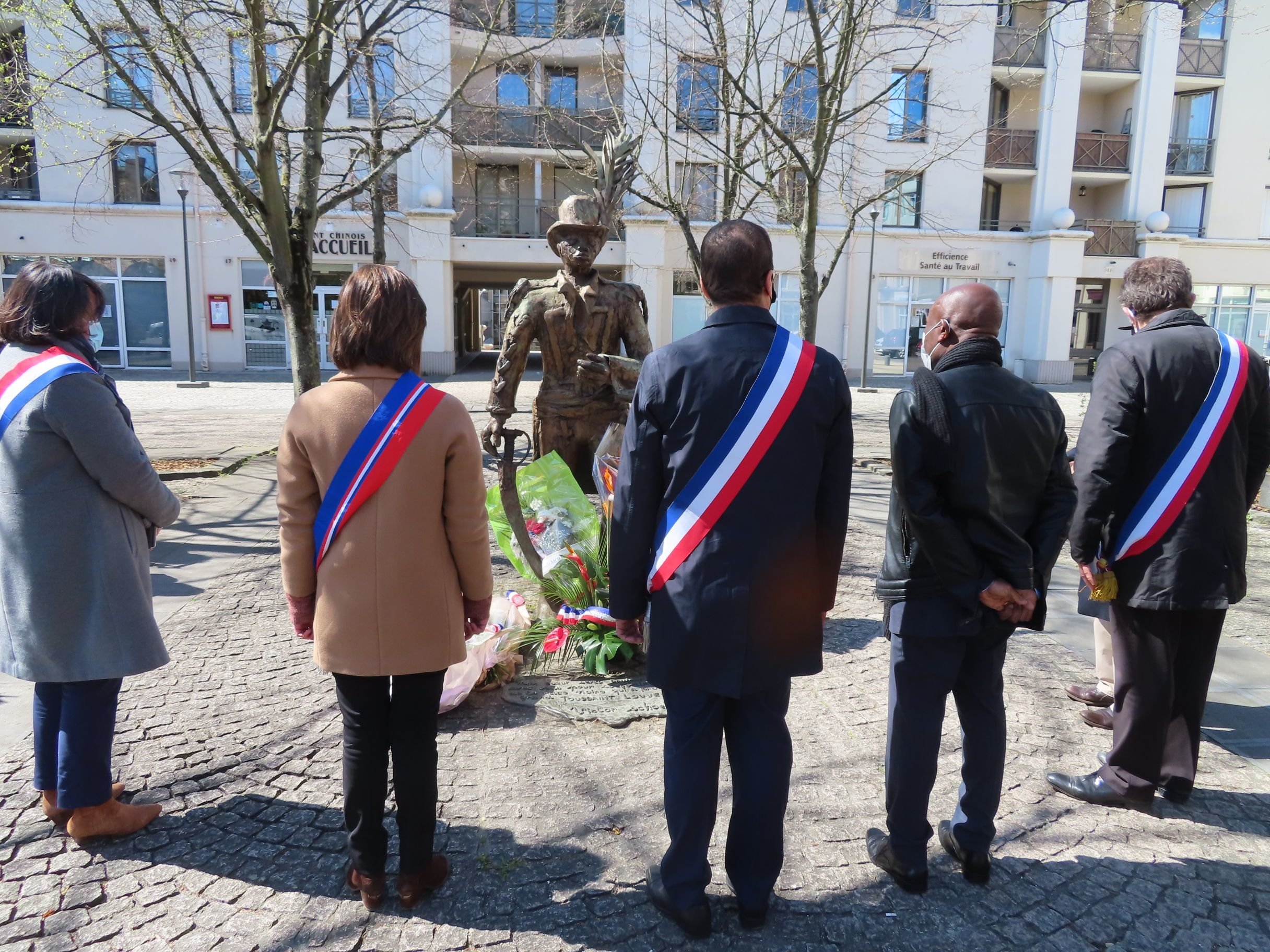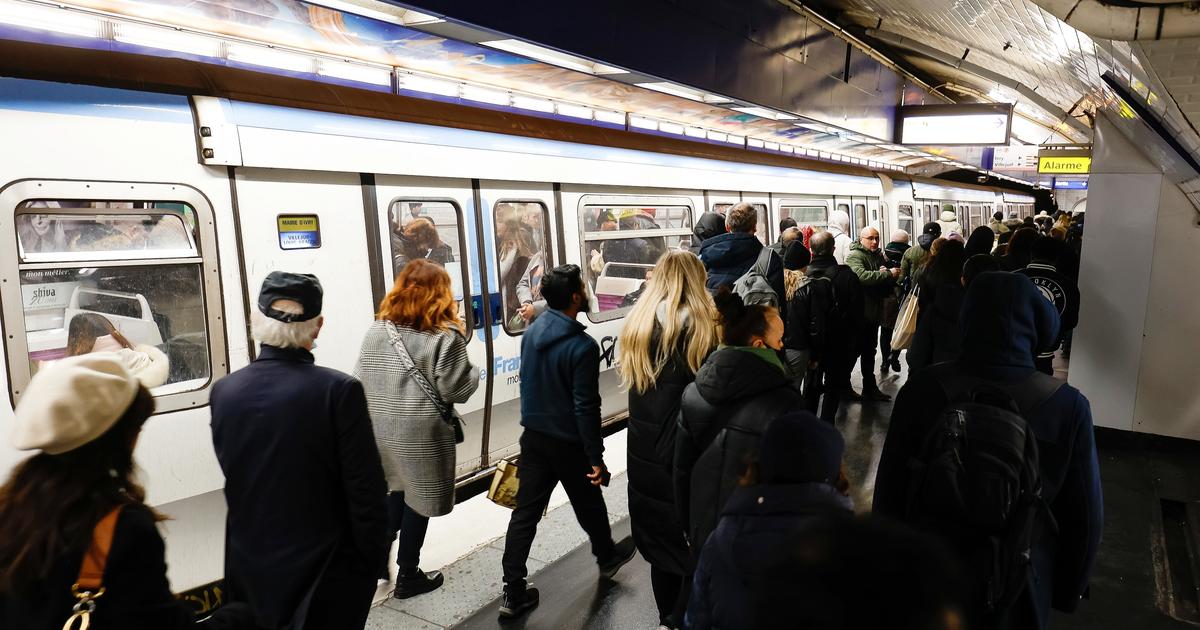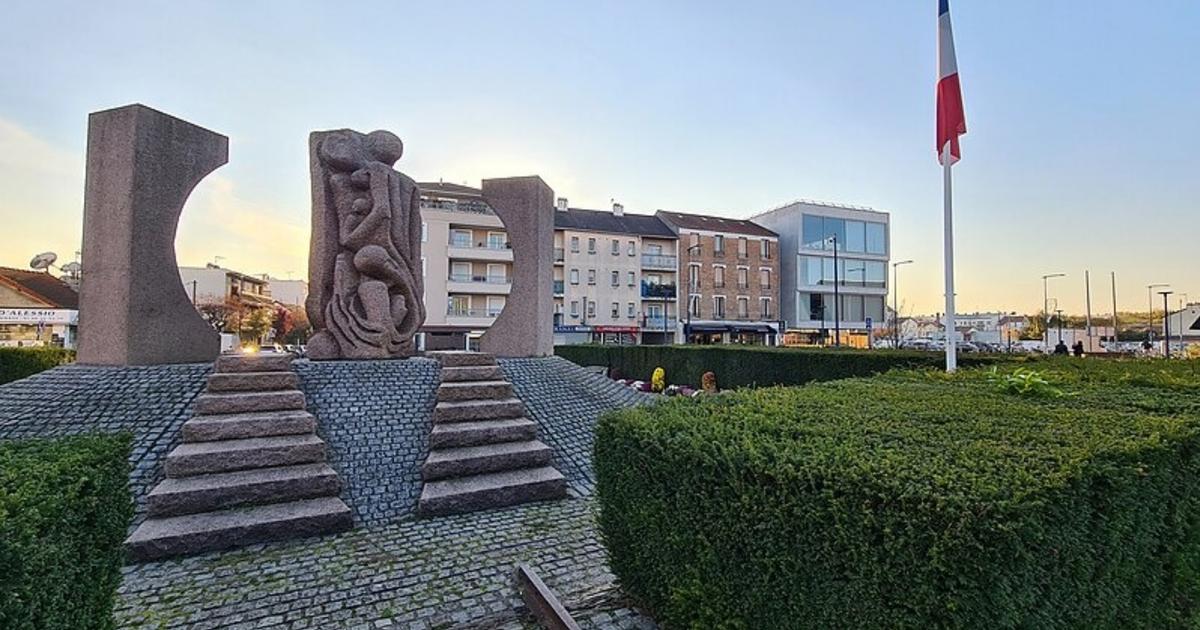In mainland France, the streets or avenues "Toussaint Louverture" are much less numerous than the arteries named in homage to Charles de Gaulle, for example.
Like the first president of the Fifth Republic, the Haitian revolutionary was a general.
In the 18th century, he was even the first colored man to reach this rank.
This Monday, May 10, on the occasion of the twentieth anniversary of the Taubira law, which recognized trafficking and slavery as crimes against humanity, Paris will inaugurate a garden that will bear its name in the twentieth arrondissement.
This will make it possible to increase references in the public spaces of Ile-de-France and Oise to black personalities or victims of slavery and their descendants.
On the occasion of the "month of memories" which is held from April 27 to June 10 under the aegis of the Foundation for the memory of slavery (FME), the Parisian looks at sites that highlight other heroes.
Read also 31 years ago, Massy inaugurated the first statue bearing the effigy of a black man, Toussaint Louverture
The town of Massy is a pioneer.
Long before Bordeaux (Gironde) and La Rochelle (Charente-Maritime), it was the first city in mainland France to erect the full-length statue of a black man.
Since 1989, Toussaint Louverture has proudly posed on Place Victor-Schoelcher.
At the time, the socialist mayor Claude Germon and José Pentoscrope, president (he still is) of Cifordom (information, training, research and development center for people from overseas), had this idea to mark the bicentenary of the French Revolution.
Since then, a commemoration is organized every April 7, date of his death (218th anniversary this year).
"Leave a trace of this tragedy"
For the FME, the name of the one that some call “the black Washington” is not well known enough.
She campaigns for the fascinating career of this son of slaves who became a general under Napoleon to appear in all school books.
Currently, it is systematically taught to high school students in the vocational stream and to students enrolled overseas.
In 2006, the city of Drancy (Seine-Saint-Denis) unveiled boulevard Paul-Vaillant-Couturier a sculpture commemorating the abolition of slavery.
A black man breaking chains, embraced by a woman of the same color.
This is the work of the two Guadeloupean brothers, Jean and Christian Moisa, who offered his double to the mayor of the island of Gorée (Senegal).
Their objective: "to leave a trace of this tragedy" and to offer a place of meditation to the victims and their descendants.
A dove of peace in Grigny with 213 names of families descended from victims of the slave trade
Ten years later, a monument which, under a futuristic-looking dove of peace, lists 213 names of Essonne families descended from victims of the slave trade and slavery, was inaugurated in Grigny (Essonne).
Since then, commemorations have been celebrated there every May 23, in reference to the March for Freedom of May 23, 1998 where more than 40,000 people marched for the recognition of slavery as a crime against humanity.
This date has been since February 28, 2017 a national day of national homage to the victims of colonial slavery.
Paris, July 8, 2020. The “Fers” sculpture is a work by Driss Sans-Arcidet.
It was erected in the 17th arrondissement of Paris in 2009 in homage to General Alexandre Dumas, born a slave and died as a free man.
Cecile Chevallier
In the meantime, the “Irons” have stood at Place du Général-Catroux in the 17th arrondissement of Paris.
The sculpture, composed of two irons of 5 m and each weighing 5 t and created by the French artist Driss Sans-Arcidet, symbolizes the life of General Alexandre Dumas, born a slave in 1762 in Saint-Domingue (Haiti) and died as a man free.
The father of the novelist, who will use the same pseudonym to write “The Three Musketeers”, is the first general of Afro-Caribbean origin.
The city of Paris ordered it in 2009 to redress an injustice: under the Occupation, the Nazis melted down the statue of General Dumas erected in 1913. On February 4, the elected members of the Council of Paris voted in the unanimously the decision to erect a replica in the same place.
Soon a memorial to the victims of slavery in the Tuileries
Since May 2015, a glass stele has also been erected in Creil (Oise).
On the same principle as the memorial in Grigny, 213 names of Antilleans are inscribed there, in memory of the victims of the slave trade and colonial slavery.
Names still borne by families settled in Creil and in the region.
Without forgetting the outlook.
A "memorial to the victims of slavery" to open in the Tuileries gardens
in Paris with the registration of 200,000 names of freed slaves. Further ahead, the Paris town hall's project to host the first statue of a historic black woman will be materialized in a few months in a garden in the 17th arrondissement which has already been bearing her name since last September: a monument will be erected there in the honor of Rosalie, nicknamed Solitude, figure of the fight against the reestablishment by Bonaparte of slavery in Guadeloupe and hanged the day after her childbirth on November 29, 1802. A way out of oblivion and to pay homage to "a heroine of the unrecognized Guadeloupe resistance ”, rejoices Anne Hidalgo, mayor (PS) of the capital.









/cloudfront-eu-central-1.images.arcpublishing.com/prisa/PHQ7BFJA6RFADDAP7BLWG65SVM.jpg)





